Sericulture and Seri-Biodiversity
The concept of biodiversity conservation and gene bank maintenance have gained greater momentum in the recent times and the biodiversity wealth are considered as common heritage of mankind and sovereign rights of the nations. Seri-biodiversity refers to the variability in sericigenous insects and their host plants, which are economically and ecologically important biodiversity and by and large, forest based. There are several wild sericigenous insects and their host plants, which are abundant in the north eastern and sub-Himalayan regions and other parts of the country. However, only 5 types of sericigenous insects are commercially exploited in India and there remains a great scope for producing novel silk from Cricula trifenestrata and Attacus atlas etc. The importance of these lesser known silk producing insects and their host plants are highlighted in Sericulture and Seri biodiversity where the authors have tried to share their knowledge with eminent sericulturists and sericultural scientists of India and abroad.
The book highlights information on various types of silk produced by different types of silkworms and host plants and their interaction. Also , this book provides details on recent trends in global sericulture scenario, apart from utilization and conservation of seri-biodiversity. The book also highlights industries allied to sericulture . As a matter of fact, in the recent times China, Thailand and Korea have embarked on production of various other products from silkworm and their host plants, which makes sericulture more profitable and highly sustainable. It is now essential for India to develop allied industries related to sericulture and make total use of the food plants and silkworm for different products, particularly pharmaceutical products. The book also gives an insight into the environmental impact due to sericulture; being forest based, the wild silkworms contribute to the development of sustainable natural environment, which is very much required these days, since ozone layer is very much in threat due to rapid industrialization and other man made hazards.
India should acquire the top position in the sericultural map of the world - with this dream, the authors have presented this book to the sericulturists, PG students, scientists, educationists, planners, administrators and executives of the country.
This is also a ready reference manual on seri-biodiversity in India and thereby very useful to all those engaged in biodiversity, conservation, naturalists, foresters, teachers and students of sericulture.
Get it now and save 10%
BECOME A MEMBER

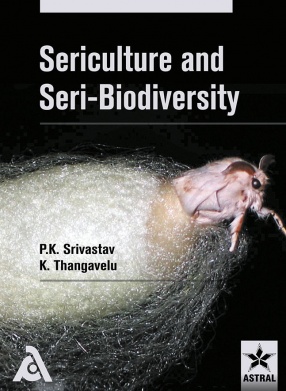
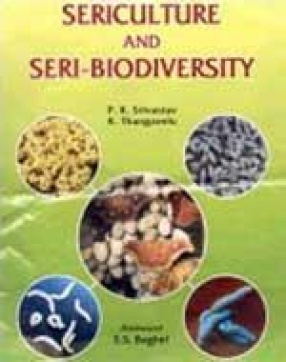
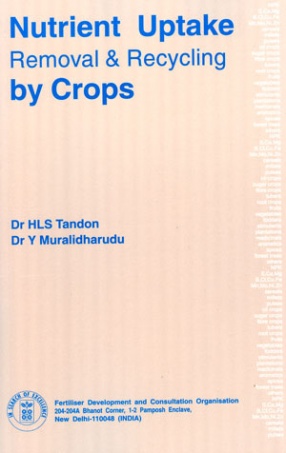
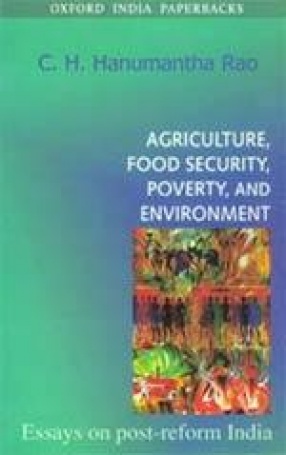

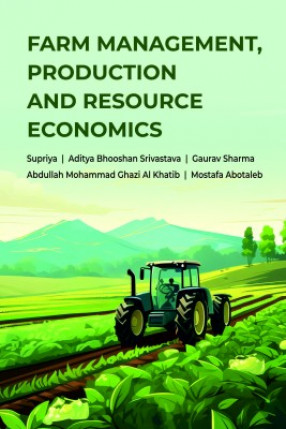

Bibliographic information
K. Thangavelu
S.S. Baghel